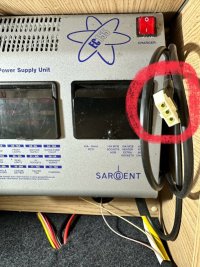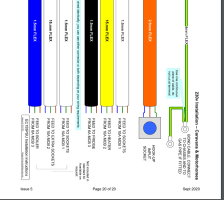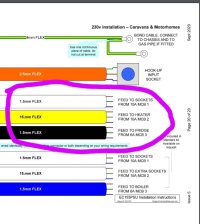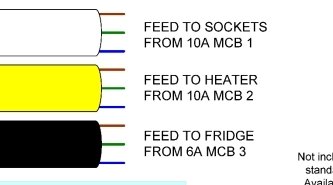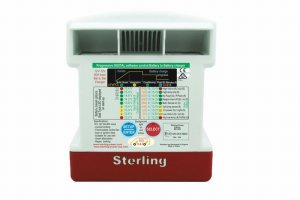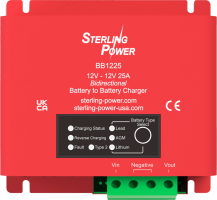For similar reasons compressor fridges tend to be wired as direct as possible. They can normally be turned off from cooling by a switch in them but the controls remain active.
Sometimes both need resetting by removing power so while you're figuring out your van it's a good idea to familiarise yourself where the (most likely) inline fuses for those systems are.
Be very cautious validating if that connection has live mains with a multimeter. Ideally don't do it alone just in case and if you have assistance get the probes in place and steady with the mains off then get them to turn it on so you're not juggling things. From the diagram best bet is that the centre conductor is the earth so probe across the outer two with your meter set to AC voltage at a suitable range. Apologies if that's teaching you to suck eggs
For similar reasons compressor fridges tend to be wired as direct as possible. They can normally be turned off from cooling by a switch in them but the controls remain active.
Sometimes both need resetting by removing power so while you're figuring out your van it's a good idea to familiarise yourself where the (most likely) inline fuses for those systems are.
Be very cautious validating if that connection has live mains with a multimeter. Ideally don't do it alone just in case and if you have assistance get the probes in place and steady with the mains off then get them to turn it on so you're not juggling things. From the diagram best bet is that the centre conductor is the earth so probe across the outer two with your meter set to AC voltage at a suitable range. Apologies if that's teaching you to suck eggs!
